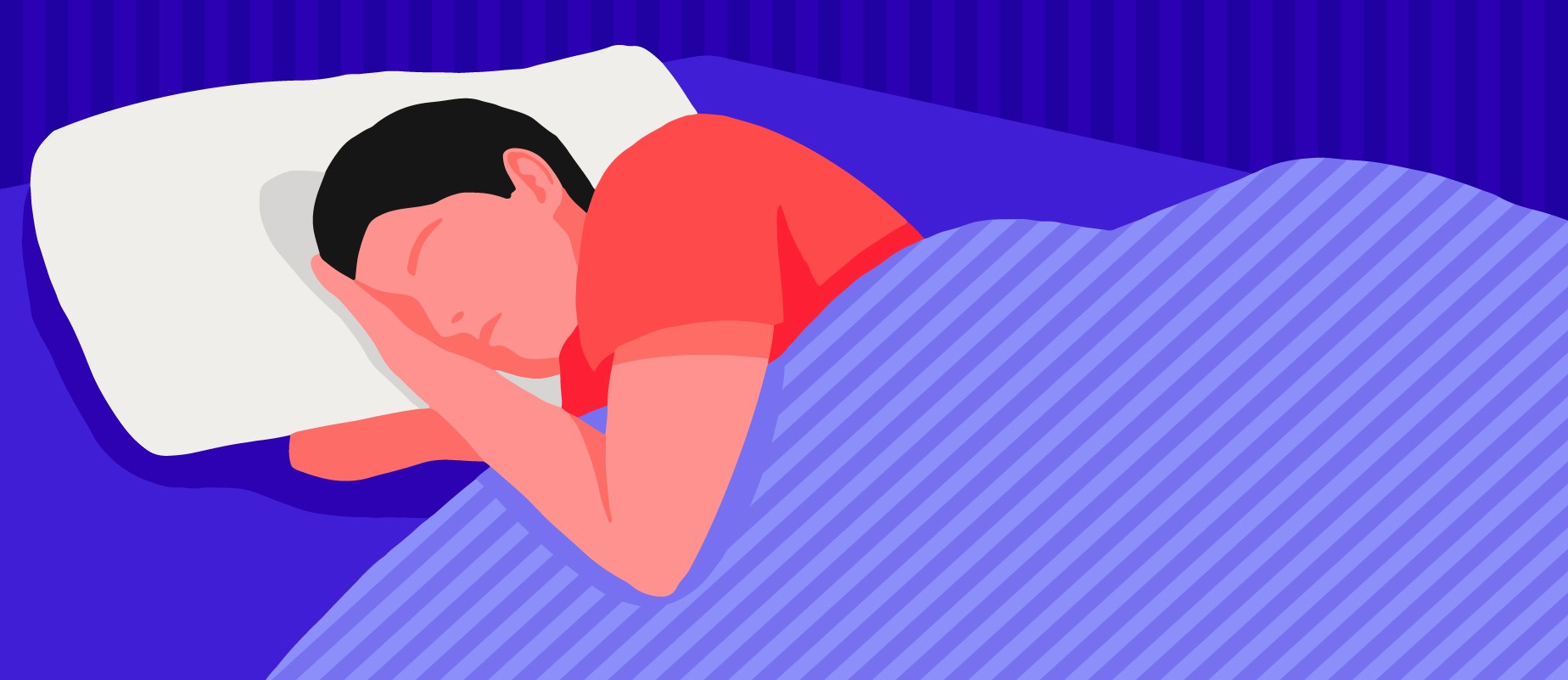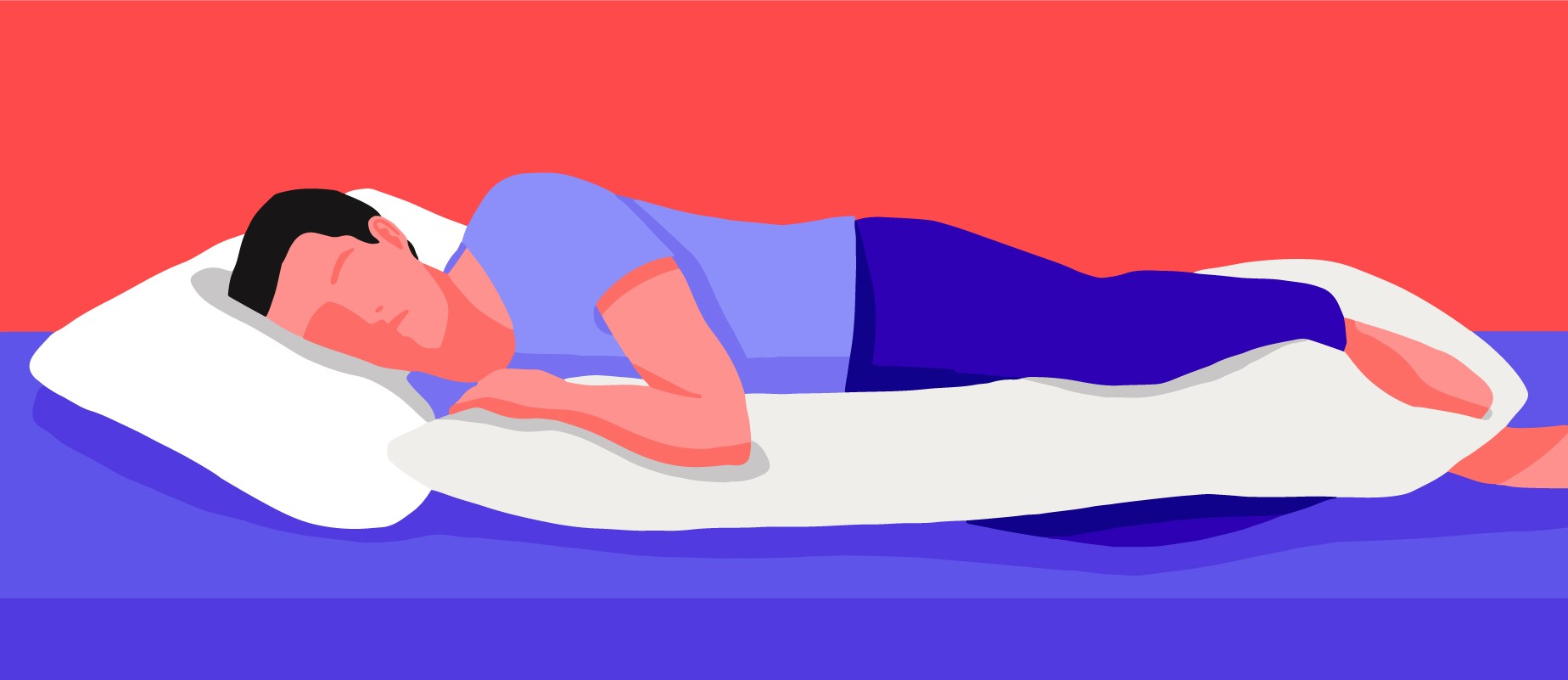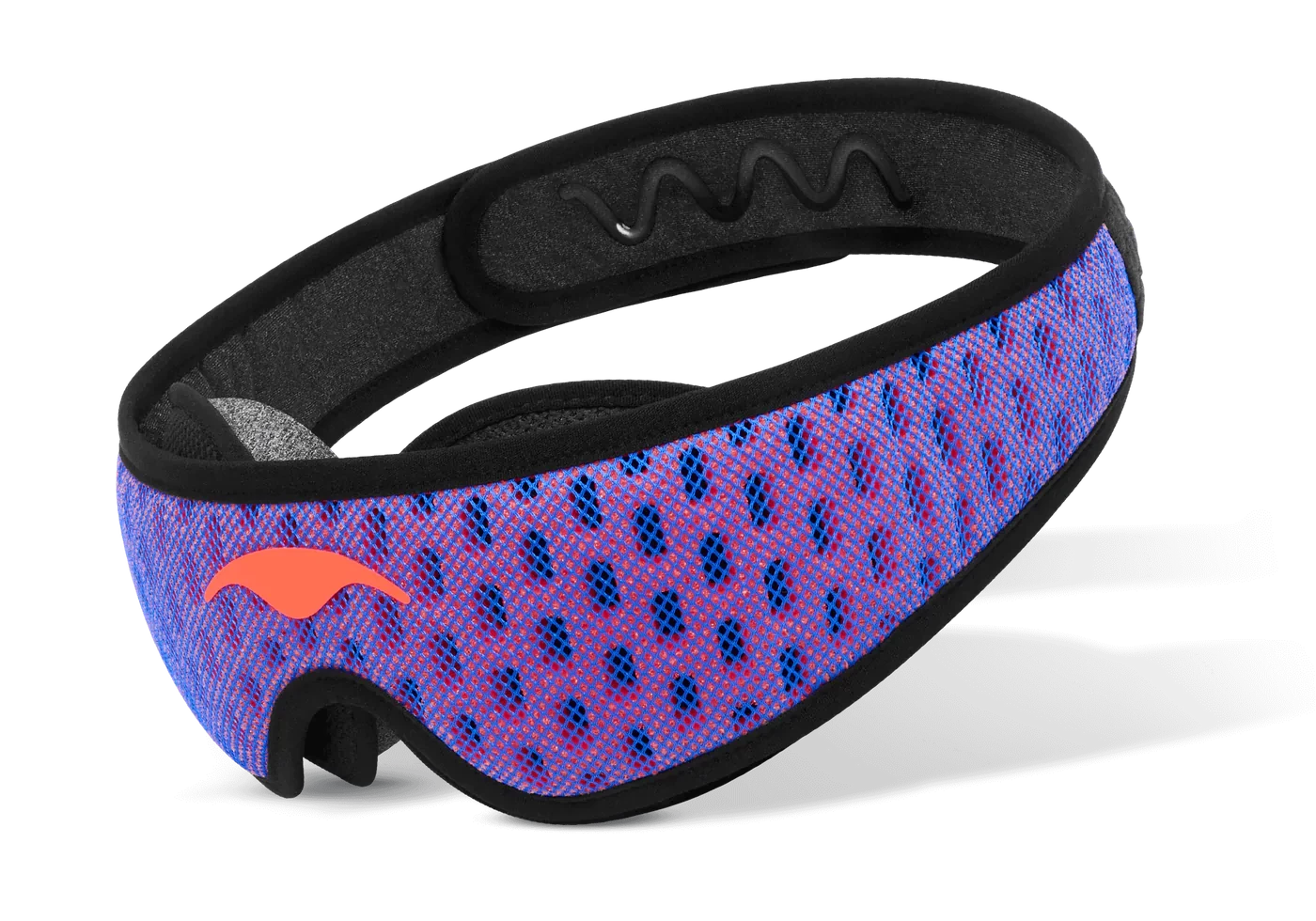What’s the Best Side to Sleep on

When it comes to well-being, side sleeping has its pros. Read this to find out what’s the best side to sleep on. Because in some cases, left or right matters.
Whatever the case, you also have to know how to sleep on your side to reap the benefits. Otherwise, you’ll end up with neck, shoulder and even back pain.
The Benefits of Side Sleeping
Sleeping on your back is the healthiest position, according to Healthline(1). But side sleeping (either side) is a runner-up when it comes to your wellness. Here are a few:
-
Aids with circulation while pregnant
-
Helps with acid reflux and GERD
-
Promotes better digestion
-
Reduces snoring by helping open your airways
-
Good for people who experience lower back pain
-
Helps your brain get rid of waste and toxins
-
Reduces snoring by helping open your airways
But there are some instances wherein sleeping on one side may be more beneficial than the other. In the next sections, we’ll explore which one is best for what.
When You Should Sleep on Your Left Side

We’re not going to beat around the bush, sleeping on your left side has more benefits than the right. That is if you’re counting. That said, sleeping on the right also has its benefits. And they’re as important. But we’re getting ahead of ourselves. Let’s take the left, first.
Pregnancy
Let’s face it. Stomach sleeping becomes impossible (and risky) in the second and third trimesters.
Meanwhile, back sleeping increases pressure on the inferior vena cava and aorta. (The biggest vein and artery, respectively.) That’s a problem because it lowers blood circulation for the baby. So, sleeping on either side is your best bet.
So, what’s the best side to sleep on when you’re pregnant? In this case, it's the left. Grow by WebMD says sleeping on this side allows for optimal blood flow from the heart to the placenta(2). (And, Baby says yay!).
Acid Reflux
Sleeping on the left side is best for those with acid reflux and GERD. Using a wedge pillow to elevate the head and torso makes this position even more effective.
According to a study in the National Library of Medicine, sleeping on the left side down helps(3). It reduces the backflow of stomach acids to the esophagus. This causes symptoms of acid reflux or GERD, including heartburn.
Constipation
So what’s the best side to sleep on for digestion problems like constipation? Sleeping on your left side is your best bet. It’s all about gravity.
Healthline says that sleeping on your left side helps waste exit your body. It travels from the ascending colon to the transverse colon to the descending colon(4). In short, you’ll likely increase your chances of heading to the bathroom the next day.
Sleep Apnea and Snoring
So what’s the best side to sleep on when you snore? Actually, either does the job better than sleeping on your back or stomach. This position helps keep your airways open.
But sleeping on the left reduces sleep apnea more. This position helps keep your airways open. Another study from the National Library of Medicine found it reduced the severity of sleep apnea episodes(5).
When to Sleep on Your Right Side

Your heart is between your lungs and slightly to the left of the sternum. It's why people with heart conditions benefit more from sleeping on the right side.
A study from the National Library of Medicine revealed that those with congestive heart failure “spontaneously” choose their right side to sleep on(6). And Healthline says more recent studies show that sleeping on the left puts more pressure on the heart(7).
Bear in mind there isn't enough research to determine what the best sleep position is for heart health overall. That’s why if you do have a condition, it's best to clear it with your doctor first.
How to Sleep Comfortably on Either Side

The trick to side sleeping is making sure your spine maintains its natural curve. It also means your head, neck and hips should have adequate support. Or, you’ll feel aches and pains when you wake up.
There are sleep accessories that help make this happen. The right pillow, mattress, and the best sleep mask for side sleepers can do wonders for comfort.
(Oh, and if you’re looking for masks that ease anxiety for better zzzs, try weighted sleep masks for side sleepers.)
Sleep Mask for Side Sleepers
Why not try Manta Sleep Mask PRO? We engineered it for advanced breathability and side sleeping comfort. And of course, it gives you the complete darkness necessary for deeper and more restful sleep.
Here are its features:

-
100% blackout
-
Adjustable C-shaped eye cups that flatten near the temples—no extra bulk
-
3-layer infinitely-adjustable head strap that sits above the ears
-
Breathable Tactel® interior that’s softer and faster-drying than most fabrics
-
Anti-slip gel so it stays on when you’re shifting sides
And what people have to say:
It’s a keeper!
"I’ve had problems with the insomnia for a while and a sleep mask has always been on my radar. I saw Manta Sleep masks from one of my favorite YouTube channels MxRPlays and I was intrigued. I checked out the site and the Pro was interesting, but seemed excessive. I WAS SOO WRONG! I got a hold of mine and I use it every night. 100% blackout, lightweight, I can sleep on my side comfortably, AND I can sleep in hot/humid weather. This was a blessing in disguise. I got my mom one and she loves hers too."
— Lawrence W.
Manta keeps getting better
"As soon as I thought there couldn't be a better sleep mask, Manta comes out with a handful of ones that are even better. The Manta Sleep Mask PRO is light and cool to wear. I am a side sleeper, and there isn't another mask on the market that works like my new PRO. It stays put all night even though I tend to roll around quite a bit. 10/10!"
— Joshua E.
The best sleep mask so far!
"I’ve tried on lots of different masks and some of the manta masks. I love them all but the manta sleep mask pro is by far the best one! It’s super-light, breathable and perfect for when I sleep on the side. Thanks!"
— Johan M.
"Can confirm this thing is a monster at blocking light comfortably. Side sleeping with this is perfection. As someone with a 63 cm head, I appreciate that this fits me. That’s a bit under 25 inches — thank you for having this still work for we monster heads."
— Paul B.
Pillows and Mattress for Side Sleeping
It’s important to choose a mattress that’ll give you the best support. For side sleeping, one made from memory foam is ideal because it hugs your contours.
When it comes to pillows, there are a few that work for side sleeping. A body pillow is one of them. They give added support to other parts of your body. This is especially important if you’re pregnant or injured.
Consider a knee pillow, too. Place it between your knees to maintain the natural curve of your spine when sleeping on your side.
Also, a contoured head pillow with an adjustable loft provides support for your neck.
Side Sleeping Don’ts
All we’ve been talking about is what’s the best side to sleep on. Let’s not forget it’s important to know what to avoid when side sleeping.
If you have problems with your joints, don’t sleep on the affected side. It can make your condition worse. Side sleeping puts pressure on your shoulder, knee, elbow, wrist and hand.
As we mentioned before, sleeping on your left side may pose a problem if you have a heart condition. Again, ask your healthcare provider what sleep position they recommend.
If you have glaucoma or dry eye syndrome, avoid sleeping on your side. Glaucoma is an eye pressure-related disease. So it's a no-brainer that you shouldn’t add even more pressure by side sleeping.
A study in the National Library of Medicine suggests sleeping on the side increased the risk of dry eye(8).
So, are you still wondering what’s the best side to sleep on? The answer depends on you. People without health issues won’t have a problem regardless of their side sleeping positions. But if you have certain conditions, take these into consideration.
There is no end-all-be-all best side to sleep on. But there is such thing as the best side to sleep on for YOU. Got any tips for other side sleepers? Drop a comment below.
Sources:
(1) Best Sleeping Positions for a Good Night’s Sleep.” Healthline, www.healthline.com/health/best-sleeping-position. Accessed 14 December 2022.
(2) “Positioning While Sleeping.” Grow by WebMD, www.webmd.com/baby/positioning-while-sleeping Accessed 14 December 2022.
(3) “A Novel Sleep Positioning Device Reduces Gastroesophageal Reflux: A Randomized Controlled Trial.” National Library of Medicine, pubmed.ncbi.nlm.nih.gov/26053170/. Accessed 14 December 2022.
(4) “How These 3 Sleep Positions Affect Your Gut Health.” Healthline, www.healthline.com/health/healthy-sleep/sleep-effects-digestion. Accessed 15 December 2022.
(5) “Influence of the right- versus left-sided sleeping position on the apnea-hypopnea index in patients with sleep apnea.” National Library of Medicine, pubmed.ncbi.nlm.nih.gov/21678115/. Accessed 15 December 2022.
(6) “Avoidance of the left lateral decubitus position during sleep in patients with heart failure: relationship to cardiac size and function.” Healthline, pubmed.ncbi.nlm.nih.gov/12535814/. Accessed 15 December 2022.
(7) “The Best Heart Health Sleeping Positions.” Healthline, www.healthline.com/health/sleeping-on-left-side-bad-for-heart. Accessed 15 December 2022.
(8) “Effect of Sleep Position on the Ocular Surface.” National Library of Medicine, pubmed.ncbi.nlm.nih.gov/28257381/. Accessed 15 December 2022
Disclaimer: The information contained in this website or provided through our blog, e-mails, or programs is for informational purposes only. It is not intended to be a substitute for medical advice, diagnosis or treatment that can be provided by your healthcare professionals.












































